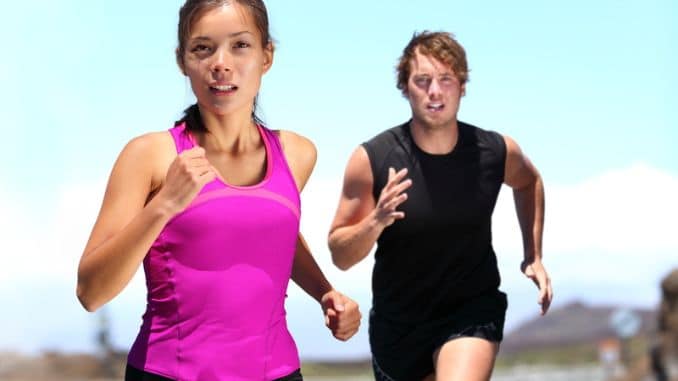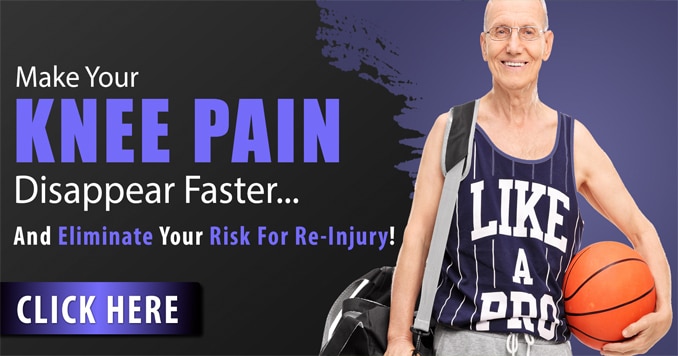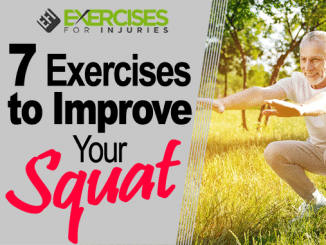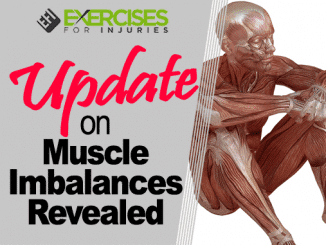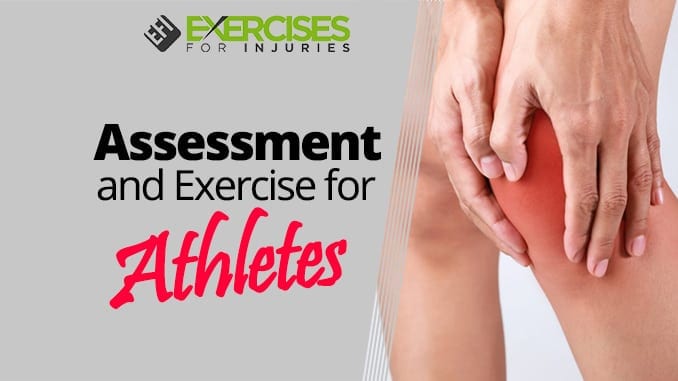
Even the best athletes experience injuries from time to time. But there’s no need to panic. With the right combination of Assessment and exercise, you can heal from your injury faster than you think. Athlete-specific rehab is crucial for accelerating recovery and preventing re-injury. Suppose you’re an active athlete who frequently deals with muscular strains or other common sports-related injuries. In that case, it’s worth investing in your health to prevent future problems later and try exercise for athletes. To help you get started on the road to recovery, we’ve compiled this guide to the best methods for healing your athletic injuries.
Exercise for Athletes to Heal Athletic Injuries
There are many different types of exercises you can use to treat athletic injuries. The most common types are:
1. Isometric exercises
Isometric exercises involve holding a muscle contraction without any visible movement. These exercises are excellent for treating muscle strains and preventing the tissue from over-stretching.
2. Eccentric exercises
Eccentric exercises involve lowering a weight or your own body while resisting the muscles. It helps treat strength imbalances, prevent re-injury, and promote regeneration.
3. Stretching exercises
While they are often overlooked, stretching exercises are essential for long-term athletic improvement.
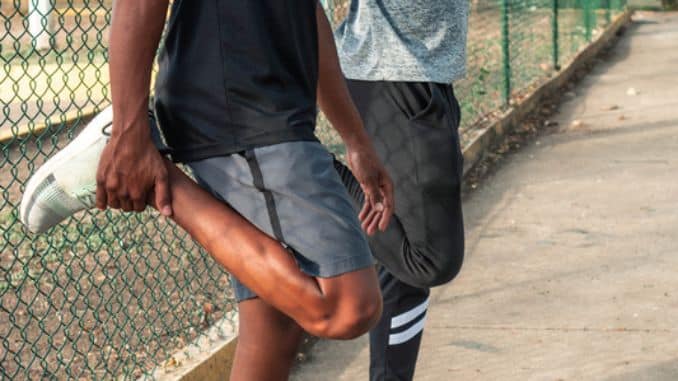
Assess your injury
If you are injured, the first step is to determine the type and extent of your injury. While most injuries can be treated similarly, knowing the specifics of your injury can help you choose the best course of treatment. You can learn more about your injury by talking to a doctor or physical therapist. They can help you assess your injury by asking questions about it, examining you, and possibly ordering diagnostic imaging. Athletes should be aware that not all injuries require medical attention. Many “injuries” are painful and stiff muscles that aren’t serious enough to warrant a trip to the doctor.
Assessments that help athletes heal faster
One of the most important ways to accelerate the healing process is properly assessing your injuries. Athletic injuries usually occur due to muscle strains and sprains, which sudden changes in direction or speed can cause. A thorough diagnostic assessment will help you understand what caused your injury, how severe it is, and how best to treat it.
Here are a few ways to assess your injuries:
- Identify the source of your injury: Did you strain a muscle, sprain your ankle, or tear a ligament? Knowing precisely what’s wrong will help you develop a treatment plan specific to your injury.
- Rate your pain: Moderate pain is a normal part of athletic training, but severe pain or an extreme increase in pain signals that you might have a serious injury.
- Rate your range of motion: If you’re experiencing pain, you should avoid stretching to avoid worsening the injury. If you’re pain-free, stretching is a fantastic way to help your muscles heal faster.
The Importance of Assessment for Athletic Recovery
By taking the time to assess your injury accurately, you’ll be able to choose the best course of treatment. A few critical aspects of Assessment can help you recover faster.
- Identify the cause of your injury.
The first step to recovery is figuring out what caused the injury in the first place. It’ll be harder to treat if you don’t understand the root cause of your injury.
- Evaluate your injury
Once you’ve identified the cause of your injury, it’s essential to evaluate the extent of the damage. Many athletes don’t realize their injury’s seriousness until it’s too late.
- Choose a treatment plan.
Once you’ve diagnosed your injury and evaluated its severity, you’ll be able to choose a treatment plan that will accelerate your recovery.
Injuries are a part of life, but they don’t have to be a significant problem. You can get back in the game faster than ever if you identify the cause, evaluate the severity, and choose the proper treatment. The best way to heal your athletic injuries is to invest in an athletic assessment and exercise for athletes. You can choose the best treatment method for your unique situation and get back in the game faster than ever.
I am working on the next edition of Muscle Imbalances Revealed. It focuses on Assessment and Exercise.
You must be excited to find out who the third contributor is, as Nick Rosencutter and John Izzo were the first two contributors. I will tell you on Wednesday.
Now reviewing Nick Rosencutter’s lecture, Assessment, and Exercise for the Athlete.
I haven’t finished the whole presentation yet, but I have completed the assessment portion.
This is what is covered:
- The difference between stiff and short muscles and how each is approached differently when it comes to the Athlete
- Importance of identifying RTP muscle imbalance in athletes
- What to do about poor lumbopelvic stability and control in bilateral and unilateral foot positions in athletes
- Common imbalance issues for the squatting Athlete
- Importance of performing the triple athlete hip assessment
- What to do with a positive triple athlete hip assessment
- Ideal hip muscle firing for optimal printing performance
- If an athlete has a poor hip extension, what injuries can it lead to
- Importance of assessing hip flexion to address athlete energy leaks in performance
Here is a click from his presentation:
Markdown July 31, as that is when the advance screening of MIRA will be available.
Rick Kaselj, MS
Here is a kind word about Muscle Imbalances Revealed:

